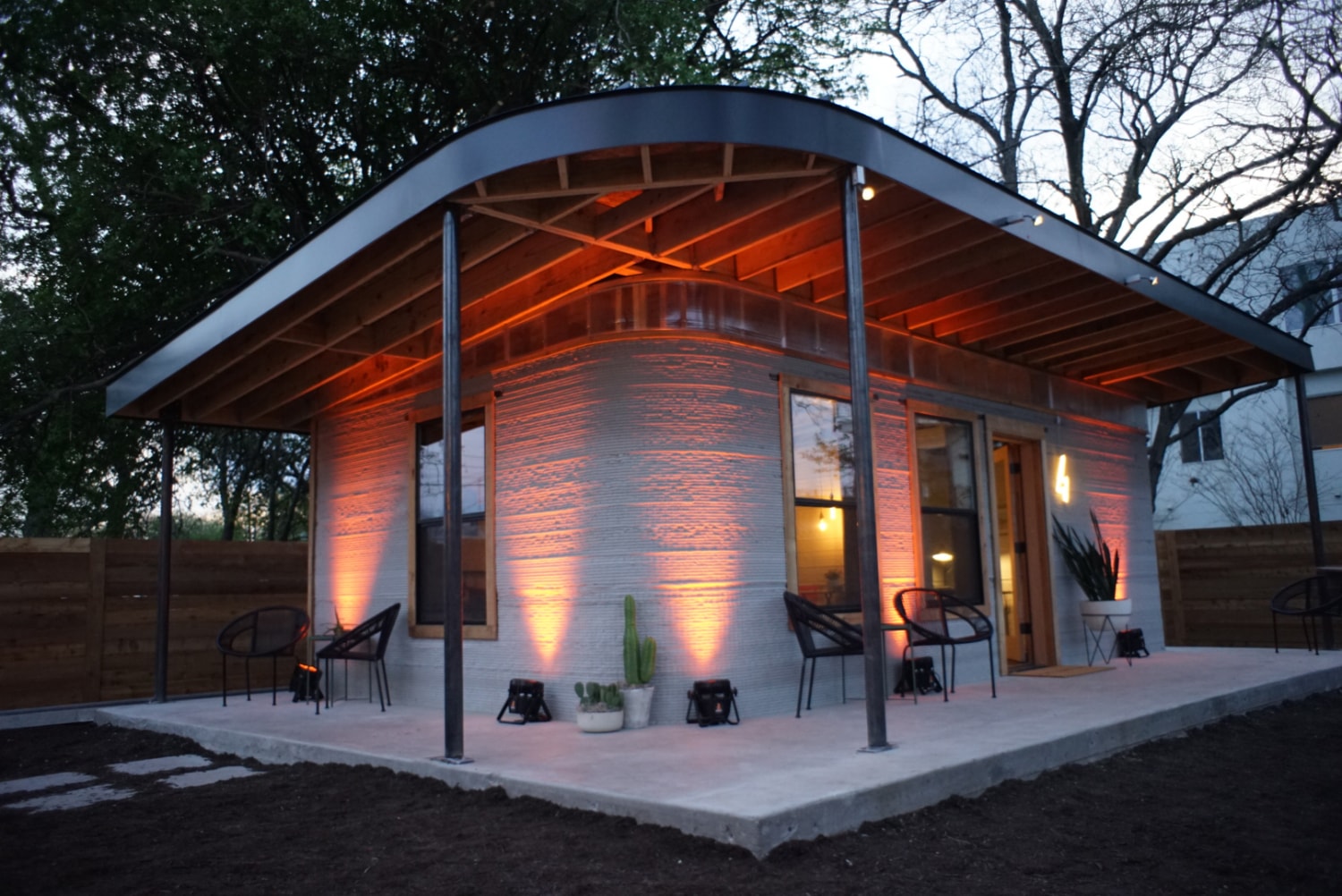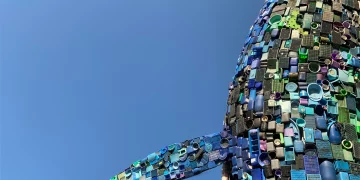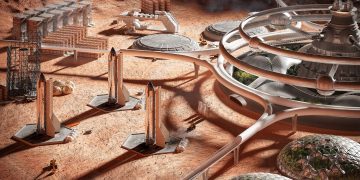Modern architecture is often viewed as the canvas for human creativity, a reflection of society’s values, technological advancements, and cultural shifts. But beyond this surface level of aesthetics and practicality lies the deeper question: how can we stretch the horizon of modern architecture? How can we push the boundaries of space, material, design, and purpose to create more than just buildings, but environments that redefine the way we live, work, and interact with the world?
In exploring this question, we must first look at the present state of architecture and the forces that have shaped it. From the rise of sleek skyscrapers and eco-conscious designs to the integration of smart technologies, architecture today is a blend of form and function—yet it still stands within the confines of a particular set of expectations. To stretch these boundaries, we need to address several key aspects of design: material innovation, environmental considerations, the integration of technology, and a renewed approach to human-centered spaces.
1. The Material Revolution: Pushing the Limits of Substance
The materials we use in architecture have always been a fundamental factor in determining the form and longevity of buildings. However, what if the limits of materials themselves could be pushed even further? In recent years, there has been a growing movement toward experimentation with unconventional materials, not only for their aesthetic potential but for their environmental and functional benefits.
For example, one area that has received increasing attention is biomimetic materials. These are materials that mimic the properties of natural substances, often offering incredible durability, flexibility, and energy efficiency. A prime example is self-healing concrete, which uses bacteria to repair cracks in the structure over time. This could revolutionize building maintenance by significantly extending the lifespan of buildings while reducing the need for resources used in repairs.
Another area ripe for exploration is 3D-printed materials. In recent years, 3D printing has enabled the creation of intricate, bespoke architectural elements with unprecedented speed and precision. This technology not only allows architects to design freely, breaking away from the limitations of traditional construction methods, but it can also enable more sustainable building practices by reducing waste and using innovative, eco-friendly materials like recycled plastics and bioplastics.
Furthermore, the emergence of lightweight yet durable materials like carbon fiber and graphene holds promise for revolutionizing building structures. These materials offer the potential for buildings that are both incredibly strong and remarkably lightweight, allowing for new architectural forms that would have been impossible with traditional steel and concrete.

2. Environmental Sustainability: Designing for the Planet
As climate change becomes an increasingly pressing issue, the architecture of the future must be responsive to the environment. Stretching the horizon of modern architecture is not just about the aesthetics of a building but about how buildings interact with their surroundings—how they minimize their impact on the planet and promote ecological balance.
One way this is being achieved is through green building certifications, such as LEED (Leadership in Energy and Environmental Design), which incentivize architects and developers to design buildings with sustainability at the forefront. Green roofs, natural ventilation, and passive solar design are becoming increasingly common as architects seek ways to reduce a building’s carbon footprint while improving its energy efficiency.
Zero-energy buildings (ZEBs), which produce as much energy as they consume over the course of a year, are at the forefront of this sustainable revolution. By integrating solar panels, wind turbines, and geothermal heating systems, these buildings not only rely on renewable energy sources but often produce excess energy that can be fed back into the grid. This approach is expanding the concept of sustainability beyond just minimizing energy use, towards creating buildings that actively contribute to a cleaner planet.
Beyond energy consumption, biophilic design is gaining traction. This design philosophy emphasizes the connection between people and nature by incorporating natural elements like plants, water, and sunlight into interior spaces. By integrating nature into the built environment, architects can improve the mental and physical well-being of occupants, while also creating more harmonious, sustainable spaces that align with the natural world.
3. Technological Integration: The Smart City Revolution
Technology is one of the most potent forces shaping the future of architecture. The rapid advancement of smart technologies is paving the way for buildings that are not just passive structures but active participants in our daily lives. These “smart buildings” are equipped with sensors, artificial intelligence (AI), and interconnected systems that optimize energy use, improve security, and enhance the overall user experience.
A particularly exciting development is the rise of augmented reality (AR) and virtual reality (VR) in the design process. These technologies allow architects to visualize buildings in immersive, 3D environments before they are constructed, providing a level of precision and insight previously unavailable. This not only streamlines the design process but also allows for greater experimentation and innovation in spatial design, leading to more dynamic and adaptive architectural solutions.
Beyond design, smart cities represent the next frontier in urban development. By integrating technology into the urban fabric—through IoT (Internet of Things) sensors, data analytics, and AI-driven infrastructure—cities can be transformed into more efficient, sustainable, and responsive environments. Imagine a city where traffic is managed in real-time, waste is automatically sorted and recycled, and buildings can adjust their energy use based on weather patterns and occupancy. These advances have the potential to significantly improve the quality of life for city dwellers while drastically reducing the environmental impact of urbanization.
4. Human-Centered Spaces: Reimagining the Experience of Architecture
Architecture is not just about creating buildings—it’s about creating spaces that are meaningful and functional for the people who use them. One way to stretch the horizon of architecture is to place a stronger emphasis on the human experience within the built environment. From the way light filters through a room to the materials underfoot, every detail of a space can influence how we feel and interact with the world.

At the heart of this approach is the idea of adaptive architecture, where spaces can be dynamically reconfigured to meet the changing needs of their occupants. This can range from movable walls that allow rooms to expand or shrink depending on the situation, to smart furniture that adapts to the user’s physical needs. The ability to create flexible, responsive spaces would be a game-changer in everything from residential homes to office buildings, allowing spaces to serve multiple functions and respond to new demands in real time.
Inclusive design is another critical aspect of human-centered architecture. Creating spaces that are accessible to everyone, regardless of age, ability, or background, is vital for fostering diverse, vibrant communities. Modern architecture should embrace principles of universal design—ensuring that buildings are welcoming and usable by people with a wide range of physical, sensory, and cognitive abilities.
Moreover, post-pandemic design trends are also reshaping how we think about spaces. The COVID-19 pandemic has led to a reevaluation of how buildings facilitate human interaction. Open-plan offices, which were once hailed as the pinnacle of modern design, have now given way to hybrid workspaces that balance individual privacy with collaborative spaces. Homes are also being redesigned to accommodate a wider variety of functions, including work, leisure, and social interaction—all within the same environment.
5. Future Visions: Beyond What We Know
The horizon of modern architecture can be stretched even further when we consider futuristic concepts that are currently in the realm of science fiction but could one day become reality. Vertical cities, for example, are envisioned as self-contained ecosystems that rise into the sky, with multiple levels of habitation, agriculture, and commerce. These vertical cities would alleviate urban sprawl, reduce the pressure on natural resources, and provide sustainable living solutions for an ever-growing global population.
Another exciting possibility is the development of space architecture—designing habitats and structures for life on other planets. While this might seem distant, the challenges of designing for the harsh environments of Mars or the Moon could inspire new architectural innovations that could be applied here on Earth, such as ultra-durable, energy-efficient materials and structures capable of withstanding extreme weather conditions.
Ultimately, stretching the horizon of modern architecture involves more than just a focus on technology or sustainability—it requires a shift in how we view buildings and the spaces around us. Architecture must be seen as a tool to enhance human experience, a reflection of both our values and our ambitions, and a medium through which we can imagine and create new ways of living on this planet and beyond.























